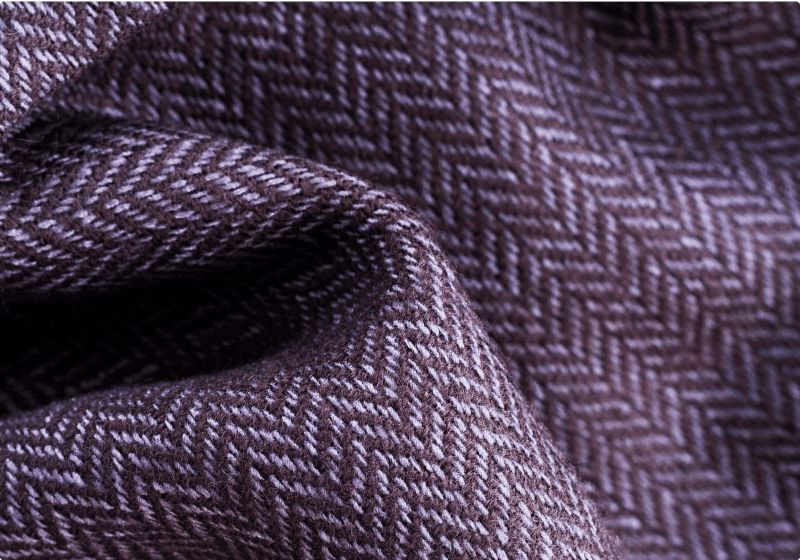Odor testing plays an important role in various industries, from ensuring the fresh aroma of food products to maintaining the pleasant fragrance of personal care products. Odor testing services are important for ensuring that products are free from any odors which might affect the perception and satisfaction of the customer.
Of the various industries where odor testing plays a vital role in quality control, it has special importance in the textile industry. Textiles, after all, are materials that we come in close contact with every day, from clothing we adorn to sheets we sleep on. Ensuring these fabrics are free from unpleasant odors or possess the intended fragrance, is crucial for consumer comfort and brand reputation.
The following article will focus on textile odor testing services, providing a clear insight into its importance, common sources of odors in textiles and the methods used to keep fabrics fresh and appealing.
What is textile odor testing?
Odor testing of textiles is a specialized process of assessing the presence, intensity, and character of odors in fabrics. Odor testing services are immensely required in textile products to determine whether any unwanted odor has been absorbed or emitted during manufacturing, storage, or use. Given the various types of raw materials and treatments used while processing a textile product, odor testing becomes important to ensure that the final product does not retain any odors which might be repulsive to consumers.
Odors commonly tested in textiles are the chemical smell of dyes and finishes, the musty odor of storage, and residual smells resulting from exposure to the environment. Each one has a special method of detection and analysis, hence making textile odor testing an indispensable part of quality control.
Importance of odor testing services in the textile industry
Odor testing in the textile industry is important for several reasons. First of all, it has a great influence on product quality. Consumers expect textiles, especially those used in clothing and home furnishings, to be free from any unpleasant smells. Unwanted smells may result in product returns, and complaints, and eventually damage a brand’s reputation.
Furthermore, odor testing services are important to maintain the marketability of the textile product. A product with a fresh and clean smell is much more appealing to a consumer and will give it better potential for success in the competitive marketplace. Odor testing as part of quality assurance helps textile manufacturers ensure their products meet consumer expectations and industry standards.
Common sources of odor in textiles
Textiles can acquire odors from various sources throughout their lifecycle. Understanding these sources is crucial for effective odor management.
Manufacturing processes
- During the manufacturing process, textiles are often treated with chemicals, dyes, and finishes that can leave behind residual odors. These chemical odors can be particularly strong and may still be present in the fabric long after it has been processed and packaged.
Environmental exposure
- Textiles can absorb odors from their surroundings during storage and transportation. A fabric stored in a damp or poorly ventilated area tends to develop a musty smell. Fabrics shipped together with strong-smelling products also have the risk of absorbing odor from these products.
Use and wear
- With time, textiles can develop odors through normal use. This is mostly the case in garments and textiles used in homes that might absorb body odors, cooking smells, or even other environmental odors.
Microorganisms
- Microorganisms, especially bacteria, and fungi, are major players in causing odors in textiles. When textiles that come in close contact with skin are exposed to moisture, warmth, and organic materials (sweat, food particles), they create an ideal environment for microbial growth. These microbes produce volatile organic compounds (VOCs) during metabolism that result in unpleasant odors. This is a common issue in athletic wear, towels, and other frequently used textiles.
Methods of textile odor testing
There are two primary methods used in textile odor testing services: sensory evaluation and instrumental analysis.
Sensory evaluation
In the sensory evaluation of a given textile sample, human panels are used for determining odor characteristics. The human panels consist of several key personnel who are usually trained in smelling odors and providing odor descriptions with high precision. Sensory evaluation is important as it reflects actual human experience, hence giving an insight into how end consumers perceive the product. Following standard procedures with appropriately trained panelists can assure manufacturers that their textiles meet the required odor standards.
Instrumental analysis
Instrumental analysis using gas chromatography and mass spectrometry can be performed to identify and quantify the chemical compounds responsible for odors. Several international standards including ISO and ASTM standards are available for testing the odor properties of textiles. One key standard includes ISO 17299-3 which provides guidelines on how to assess the deodorant properties of textiles using gas chromatography.
ISO 17299-3 uses the gas chromatography (GC) technique to measure the concentration of odor-causing chemicals like ammonia or acetic acid used in textiles. This technique is highly sensitive and capable of detecting even minute amounts of odorants. The standard covers procedures from sample preparation and exposure to specified odorants to the analysis of residual odors. This standard provides a quantifiable and reproducible test method for assessing the performance of textiles in neutralizing or reducing odors.
Adhering to ISO 17299-3 will ensure that the products offered by manufacturers meet the minimum international standards of odor levels, providing consumers with high-quality textiles. This testing will ensure product consistency and compliance with industry regulations.
Choosing the right service provider
Choosing the right laboratory for your odor testing services can be challenging. However, once you get the right partner, it will ensure that your textiles meet the highest quality standards. The following are some of the aspects you may want to look into while considering choosing a testing laboratory:
Textile testing experience
- Choose a supplier who has experience in textile testing since the unique challenges presented by the material will be aptly catered to.
Accreditation and standards
- Ensure the service is accredited and adheres to international standards for reliable and recognized testing.
Tailored solutions
- Look for customized testing solutions that cater specifically to your textile products.
Regulatory and compliance considerations
Odor testing for textiles is not just about meeting quality standards but also the industrial standards which protect consumers and ensure that the products are marketable. Various regulations across the globe govern the acceptable levels of odor in textiles, especially in areas where consumer safety and the quality of a product are closely monitored.
Manufacturers must keep themselves updated on these regulations and ensure that their products are in continuous compliance. Non-compliance can certainly lead to penalties, product recalls, and loss of consumer confidence. Odor testing services, therefore, facilitate textile manufacturers in meeting the demands of regulation by providing the necessary documentation and reports needed for compliance.
At Microbe Investigations Switzerland, we specialize in providing advanced textile odor testing services. Our expertise, cutting-edge technology, and commitment to quality ensure that your textiles meet the highest standards. Partner with us to ensure that your products are fresh, appealing, and compliant with industry regulations. Contact us today to learn how we can support your business.














